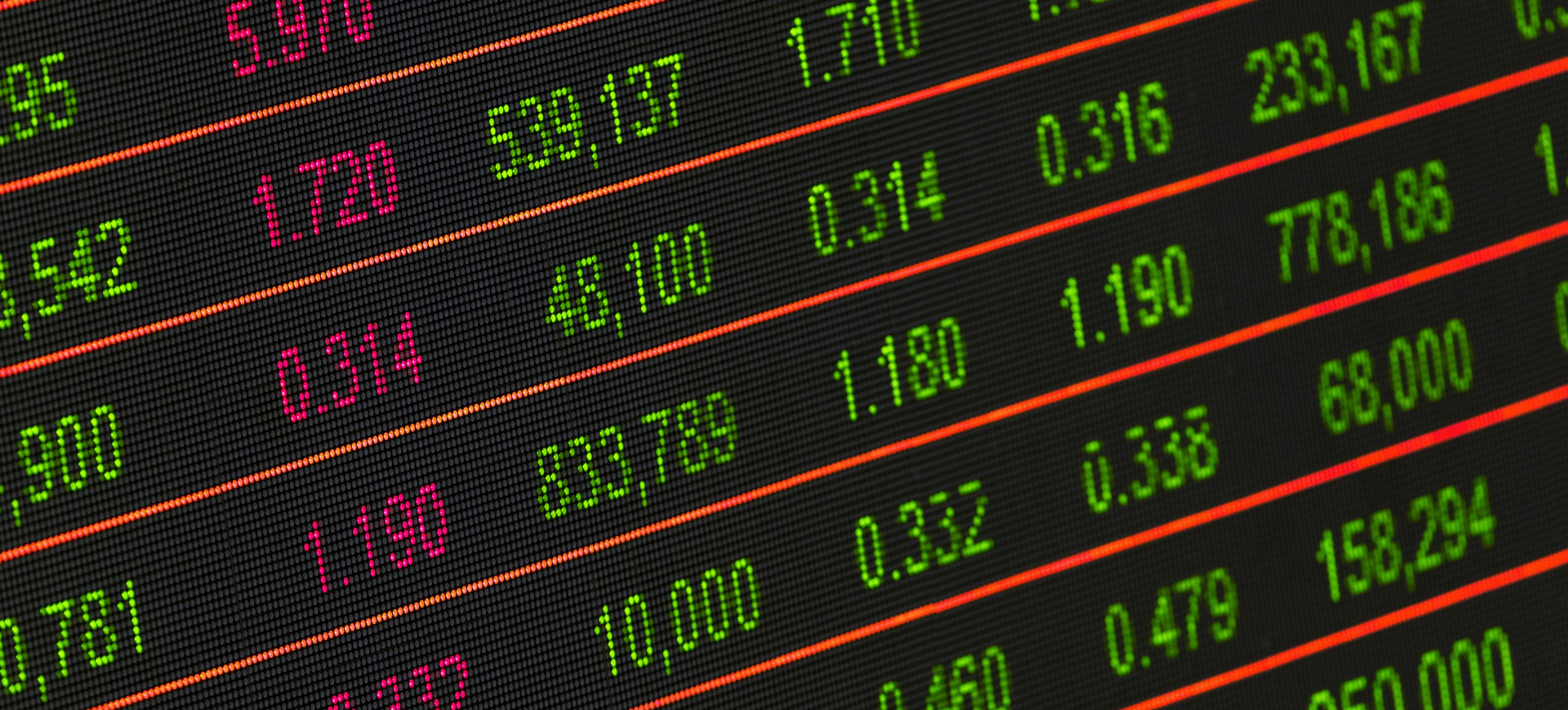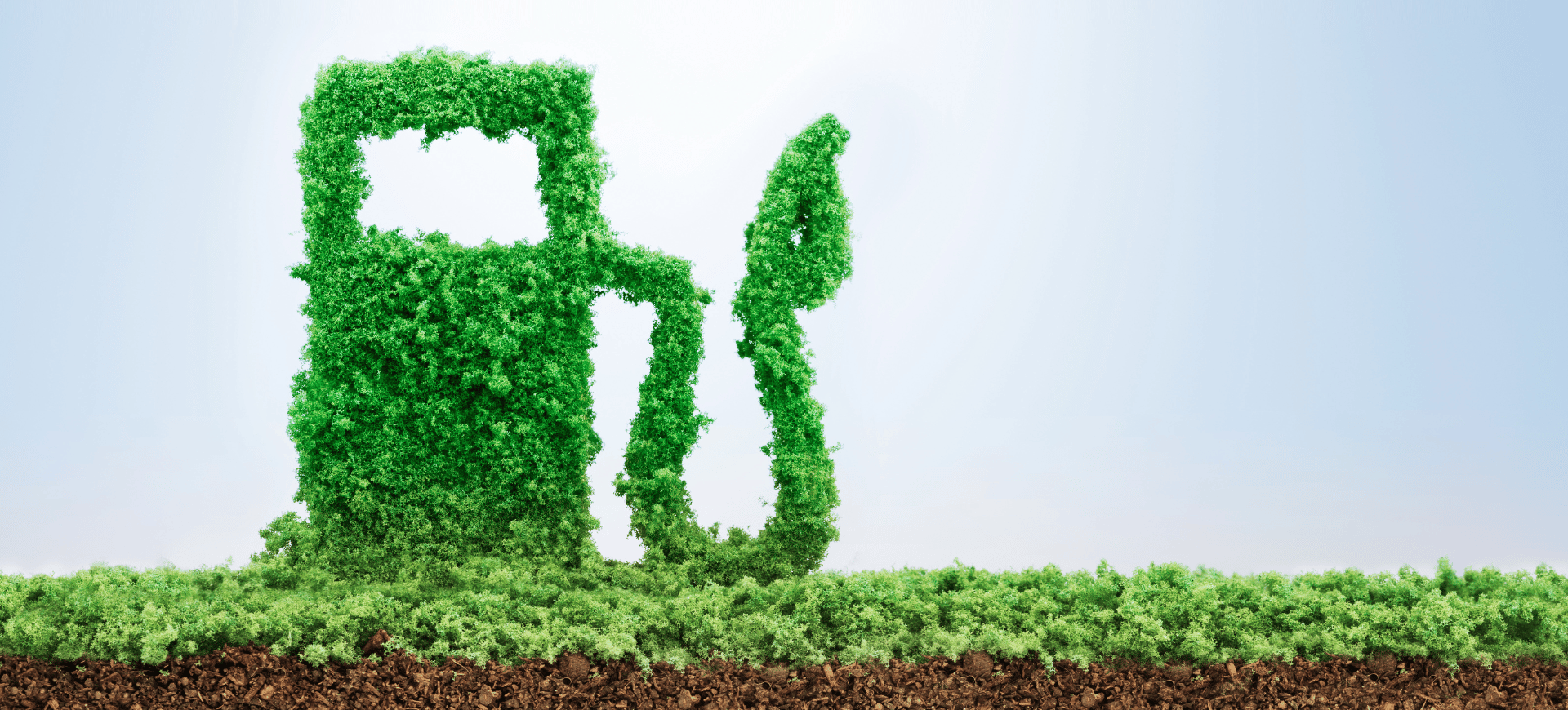The evolution of multilateral development banks is just getting started
MDBs are essential for supporting global issues, but there have long been difficulties with their lending models. In the face of so many competing challenges, it’s time for them to level up to give countries the support they need to thrive
Multilateral development banks such as the Inter-American Development Bank are part of the international financial architecture that supports government progress towards the Sustainable Development Goals and universal health coverage. But they are also evolving to address growing global challenges such as climate and pandemic risks as well as antimicrobial resistance.
As cooperatives that use the paid-in and callable capital contributions of their highly rated shareholders to raise funds in global markets, MDBs can pass on low-cost lending for middle-income countries and highly concessional lending and grants for the lowest-income countries, with allocations depending on each government’s fiscal needs and sectoral priorities. Spending under lending operations goes mostly via the public budget and is subject to the same checks and balances that help with transparency and accountability for national budgets. MDBs also have private sector arms that provide low-cost financing to firms whose work is likely to have a development impact.
supporting global issues
MDBs have long been demand-led organisations. MDB lending in the health sector or on health-related issues has depended on an interested government that is willing and able to dedicate a share of its scarce public budget to this use amid multiple competing priorities. This feature of MDBs is known as the ‘country model’. The model has the strength of being driven by each government’s own priorities in development, represented by ministers of finance and planning, and assures that MDB teams respond to their clients.
However, the model has struggled with multi-country shocks or interventions that require coordinated financing across countries or regions, as with the response to HIV/AIDS in the early 1990s or in the response to Covid-19 in 2020. During 2021–2022, however, MDBs began to innovate in response to the emergency – the IDB was the first to develop liability guarantees for the introduction of vaccines not registered by the national regulatory authorities in member countries and adapted its disaster financing lending to include health emergencies, also enabling procurement via the global funds.
The country model has also had difficulty generating country demand for investment when cross-border externalities are high, such as with tax reforms and infrastructure that reduces carbon emissions. More serious and larger-scale natural disasters and public health emergencies, related to climate change, are not yet factored into MDB capital adequacy calculations, limiting the ability of MDBs to respond adequately to these crises.
In response to these challenges and the Covid-19 experience, the IDB and other MDBs are evolving to embrace global challenges as a central mission, to develop new sources of finance to meet the expanded mandate, and to generate financial and other incentives to fuel country demand and commitment to preparedness. The IDB approved a new institutional strategy in March 2024 that set out its ambitions in this regard. Likewise, both the World Bank and the IDB have built new catalogues of disaster preparedness and response tools, from debt service suspension during hurricanes to contingent credit facilities to policy-based lending that incentivises preparedness reforms while disbursing when disaster hits.
Collaborating and innovating
This evolution is accompanied by a new appetite to combine vertical grant funds with low-cost lending, as in the Green Climate Fund grant co-investments with MDB lending to governments. In combining grant funding with MDB lending, the vertical climate funds have surpassed the health funds. The Green Climate Fund, the Global Environment Facility and others routinely allocate their grants alongside MDB lending for governments to execute, partially compensating for externalities and assuring that key public spending runs on budget. Global health funds could revisit their own modalities, shifting from straight grants to new blended approaches with MDBs.
Another innovation is the joint work between MDBs and the International Monetary Fund on the design and implementation of lending operations of the Resilience and Sustainability Trust. The trust, administered by the IMF, will provide budget support and balance-of-payments support conditional on countries enacting policy reforms that speed climate mitigation and adaptation. While the RST has thus far focused only on climate, its mandate includes pandemic preparedness and a set of pilot operations in cooperation with the IDB, and a selection of regional member countries is foreseen for 2025. The Pandemic Fund could consider coming alongside these efforts with grant funding, and of course other MDBs should join the effort.
The MDB evolution process is just getting started. In the end, the world must be able to walk and chew gum at the same time – honouring country development priorities while assuring effective investment to reduce the impact of pandemic and disaster risks. The agenda will also require a new generation of leaders and creativity in funding for health, focused not only on the volume of money but also on the incentives it creates for countries’ own preparedness and effectiveness against exacerbating threats of disease and disaster in the future.












